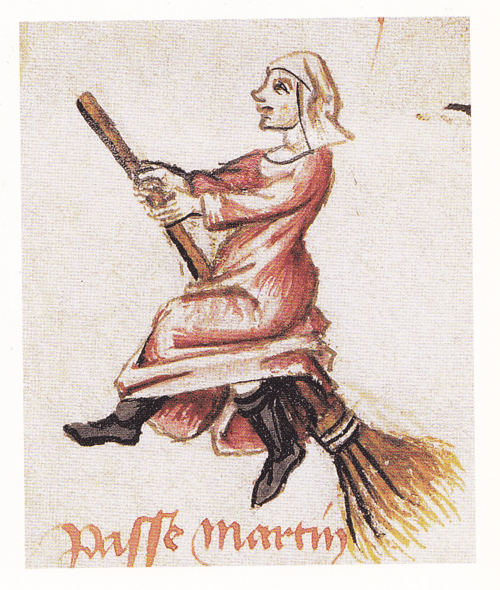Today I learned that that even though we think we are living in an enlightened age of reason, science and technology, there are so many element intrinsic to Western thinking that might as well be purely Medieval. For example, attitudes towards rape and rape victims really havent changed that much over the last 500 years. In Renaissance Italy, the bulk of rape incidents happen by a known perpetrator and often in the victims own home, and usually went unreported as the shame and stain on a woman’s character was detrimental to her future. Women were still frequently considered to have ‘asked for it’, if she has allowed her person to be alone, unguarded, unprotected (fryndlesse) or dressed provocatively. Many rapists felt they have done nothing wrong and are therefore not repentent about their crimes, this was particularly evident in the case in group or gang rapes where the male agressor/s gain acceptance and reinforcement of their overt masculinities from their cohorts. Women of lower/servant classes or disenfranchised minorities were often at very high risk of sexual assault due to the protection afforded to their ‘betters’ or more monied counterparts… any of this sounding familiar? Yep, many of these aspects of rape mentality haven’t gone very far at all, particularly in some of our modern global cultures.
I also learned that eating disorders and anorexia tended to affect the same demographic of young woman in Puritan England that it does now… young women from well to do backgrounds, often with very religious backgrounds whose primarily emotional disturbance is doubt – primarily self doubt. In Puritan England it was their burgeoning sexuality and the subsequent conflict with their piety that caused that self doubt and following self loathing. Prescriptions for such melancholias included fasting… but many young women took the fasting treatment as seriously as they took their religion and then endured long term battles with willing periods of not nourishing their ‘traitorous bodies’ that were full of lust and potential for sin. Modern day women (in the US at any rate, stats for Australia not available due to overzealousness of political correctness) are from the same demographics – tend to be from middle to upper class families with heavy religious backgrounds and similar expectations. Confusion arises in young teens when puberty, adolescent angst and sexual experimentation leads to self and body perception issues. Similar results ensue for many sufferers… years of fighting with a very serious condition that results from emotional dissatisfaction and disconnection from one’s own body.
Today I learned that post-partum depression, while much more widely acknowledge and recognizable in modern society, was just as present in Medieval life as it is today. Perhaps even more so as women had so many children. Margery Kempe was literally driven mad after the birth of her first child and in the absence of medical or psychological treatment turned to friends, family and townspeople for support. Eventually she turned to Christ for salvation and claimed it was only His divine intervention and her continued desire to please Christ that kept her from relapsing through the birth of her next 13 children. But she ended up mad as pants in the end anyway according to her neighbours – which is by way of saying, she became one of those ‘uppity’ women of the Middle Ages who refused to be controlled by the social constraints of the time. And after 14 kids, I think she deserves to be as free and uncontrolled as she wants to be!
I also learned that witches had consensual and emotionally fulfilling, sometimes long term, sexual relations with devils and demons that visited them in the night to ‘suckle at their genitalia’! That presumed witches don’t float for a reason (but that’s a much longer story for another time) and that witch-hunting was a systematised and very lucrative business. 🙂
This conferences has been so full of amazing papers, wonderful people and interesting facts that I can’t wait for the next one – which is at the University of Queensland in 2015.
The Uses of Violence…
- Rape and Ritual in Renaussance Italy: The Normalization of Violence?
- “What shee hath often seene”: Family Violence in Pre-Modern Ireland
Witchcraft in Translation…
- The Witch-Finder General: The Matthew Hopkins Pamphlett.
- Sleeping With Devils: The Sexual Witch in the Seventeenth Century England.
- Glanvill in Germany: Translating an English Debate on Witchcraft and Spirits.
Medieval and Early Modern Echoes in Healthcare…
- Margery Kempe and Postnatal Psychosis: Going ‘owt of hir minde’.
- Vesalius Writing on the Body of Medicine: from translation to Direct Observation.
- Puberty and Eating Disorders in Puritan England.
Qualities of Kings: The Representation of Medieval English Monarchs…
- The Portrait of Henry the Young King in the History of William Marshall.
- How to Construct a King: The Correspondence of Edward I and Llwelyn ap Gruffydd
- ‘Sodenly he was changed into a new man’: The Self-fashioned Masculinity of Henry V

